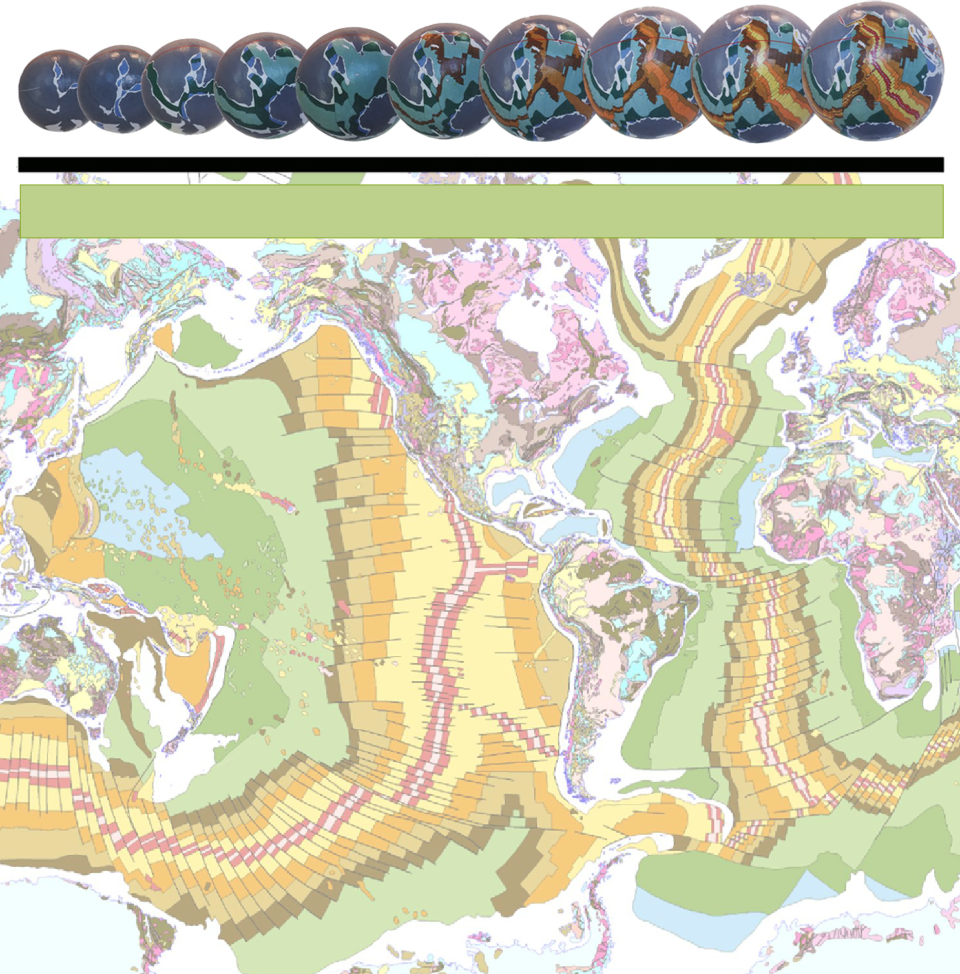

HISTORICAL DEVELOPMENT
The suggestion that continents have not always been at their present positions was introduced as early as 1596 by the Dutch map maker Abraham Ortelius. Ortelius suggested, based on the symmetric outlines of the Atlantic coastlines, that the Americas, Europe, Asia, and Africa were once joined and have since drifted apart "...by earthquakes and floods", creating the modern Atlantic Ocean. For evidence he wrote: "The vestiges of the rupture reveal themselves, if someone brings forward a map of the world and considers carefully the coasts of the three continents."
In 1915 Alfred Wegener also noted how the east coast of South America and the west coast of Africa looked as if they were once joined. Wegener went further to suggest that the present continents once formed a single, what is now referred to as the “Pangaean land mass”—which is the ancient supercontinent called Pangaea—that subsequently broke up and drifted apart.
What Wegener and others failed to recognise was that, as well as fitting the South American and African coastlines together to come up with a reasonably approximate continental fit-
During the 19th and 20th centuries there were a number of additional independent thinkers who considered opening of the oceans could be attributed to an increase in Earth radius. In 1859, Alfred W. Drayson published his book The Earth We Inhabit: Its past, present, and probable future in which he speculated that the Earth had undergone an expansion over time. In 1888, Yarkovski was the first to postulate a growth of the Earth mass. Similarly, Roberto Mantovani in 1889, and again in 1909, published a theory of “...earth expansion and continental drift.” In this theory Mantovani considered that a closed continent covered the entire surface on a smaller radius Earth. He suggested that “...thermal expansion led to volcanic activity, which broke the land mass into smaller continents.” These continents then drifted away from each other because of further expansion at the “rip-
These observation were followed later by the pioneering work and publications of Lindemann in 1927, small Earth modelling by Ott Christoph Hilgenberg during the 1930s, Samuel Warren Carey during the 1950s to late 1990s, plate modelling and radius studies by Jan Koziar during the 1980s, and small Earth modelling by Klaus Vogel during the 1980s and 1990s.